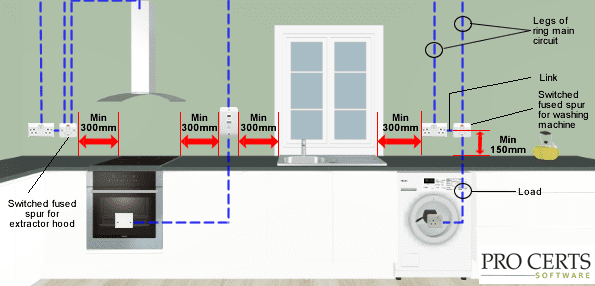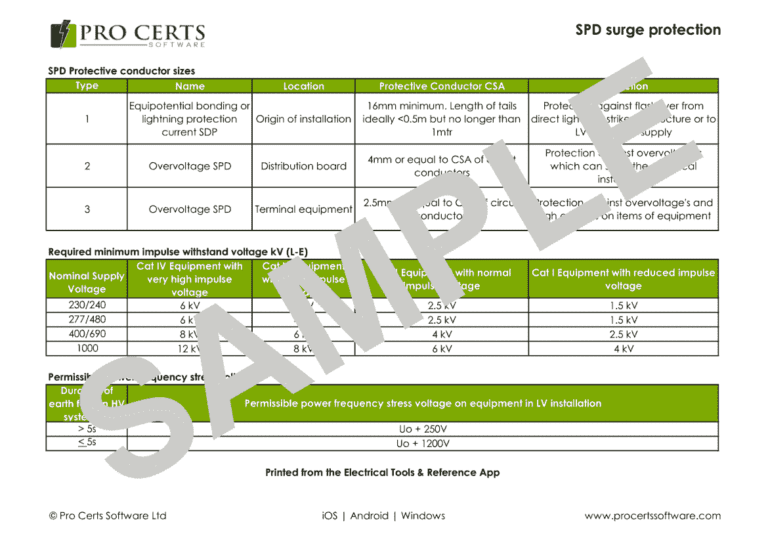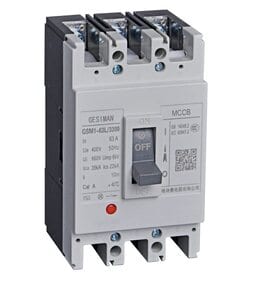Current Carrying Capacities of Electric Cables
An electric cable current carrying capacity is the maximum current the cable can withstand before damage will occur, such as overheating, melting or fire.
The current (Amps) carrying capacity of an electric cable, such as flat twin and earth, SWA or SY cables will depend on the cable installation method (also known as the Installation Reference Method) and any relevant correction factors.
Cable manufacturers publish current carrying capacity tables for each cable type and installation method, for example, the current carrying capacity of a flat twin and earth cable clipped direct to a surface is different to it being enclosed within trunking or conduit.
4mm Twin and Earth Current Carrying Capacity Table
Here is an example of a current carrying capacity table for a 4mm² twin and earth cable with different installation methods.
| Ref | Method | Current Carrying Capacity |
|---|---|---|
| C | Clipped direct | 37 Amps |
| B | Enclosed in conduit on a wall or in trunking etc. | 30 Amps |
| 102 | In a stud wall with thermal insulation with cable touching the inner wall surface | 27 Amps |
| 100 | Above a plasterboard ceiling covered by thermal insulation not exceeding 100mm in thickness | 27 Amps |
| A | Enclosed in conduit or trunking in an insulated wall | 26 Amps |
| 101 | Above a plasterboard ceiling covered by thermal insulation exceeding 100mm in thickness | 22 Amps |
| 103 | In a stud wall with thermal insulation with cable not touching the inner wall surface | 18.5 Amps |
As you can see from the table above, the installation method greatly alters the current carrying capacity from 37 Amps down to 18.5 Amps.
For full installation methods refer to BS 7671 Table 4A2.
In addition to the maximum cable current carrying capacity (ccc) and installation method combination, other factors also need to be considered, such as, Correction Factors, Voltage Drop, Fault Current and the maximum permitted earth fault loop impedance (Max Zs).
Correction Factors for Cable Current Carrying Capacity.
Correction factors which affect the maximum current carrying capacity of a cable include (but not limited to),
For SWA cables, see SWA Current Carrying Capacity.
- Ci – Thermal Insulation: Is the cable covered (or partly covered) by thermal insulation?
- Cd – Buried: Is the cable buried in the ground or duct?
- Cg – Grouping: Is the cable grouped with other cables?
There are many correction factors specified in BS 7671 which will need to be taken into consideration when designing an electrical circuit, as correction factors will alter the current carrying capacity rating of a cable.
Automate the correction factors and get error-proof Cable Size Calculations based on BS 7671 with our Online Cable Calculator.
Alternatively, download our Cable Calc App and let the app do the hard work.

Download The App!
Cable Calc, calculate cable size, voltage drop, R1+R2 and Zs.
For further information visit Cable Calc.
Or, get the cloud desktop version →








